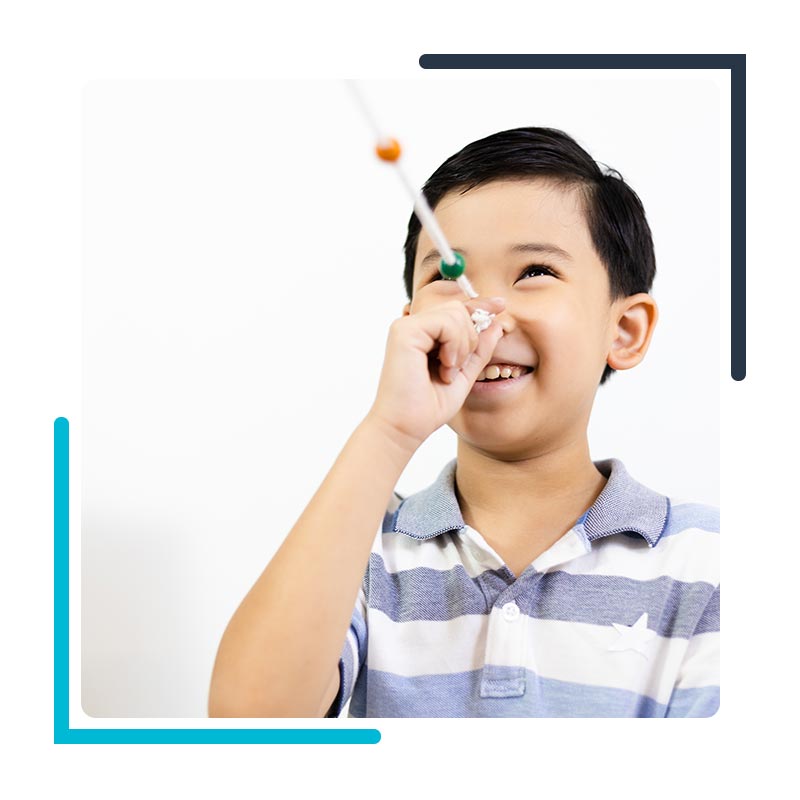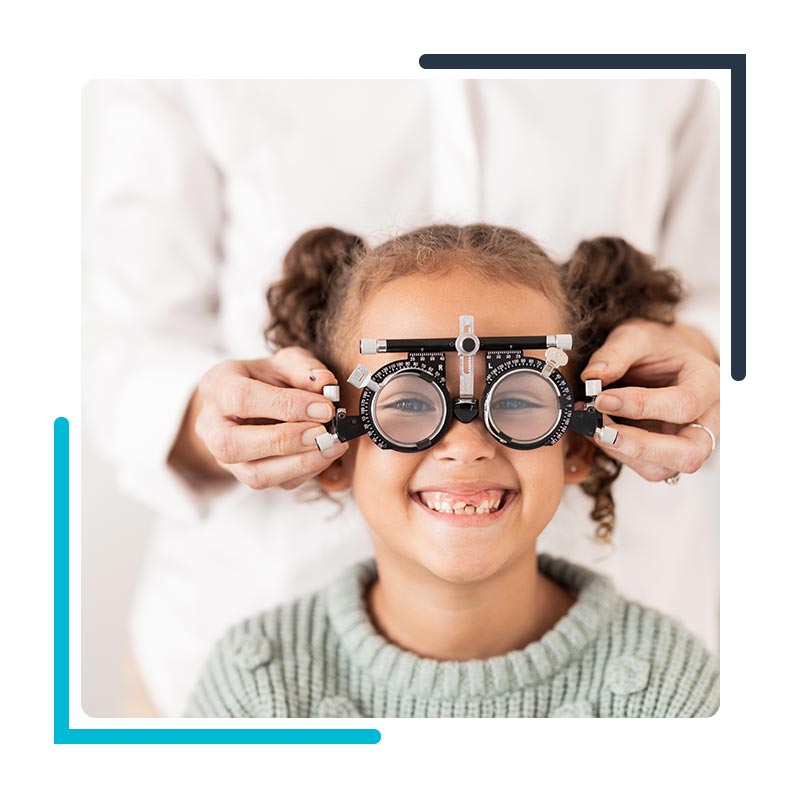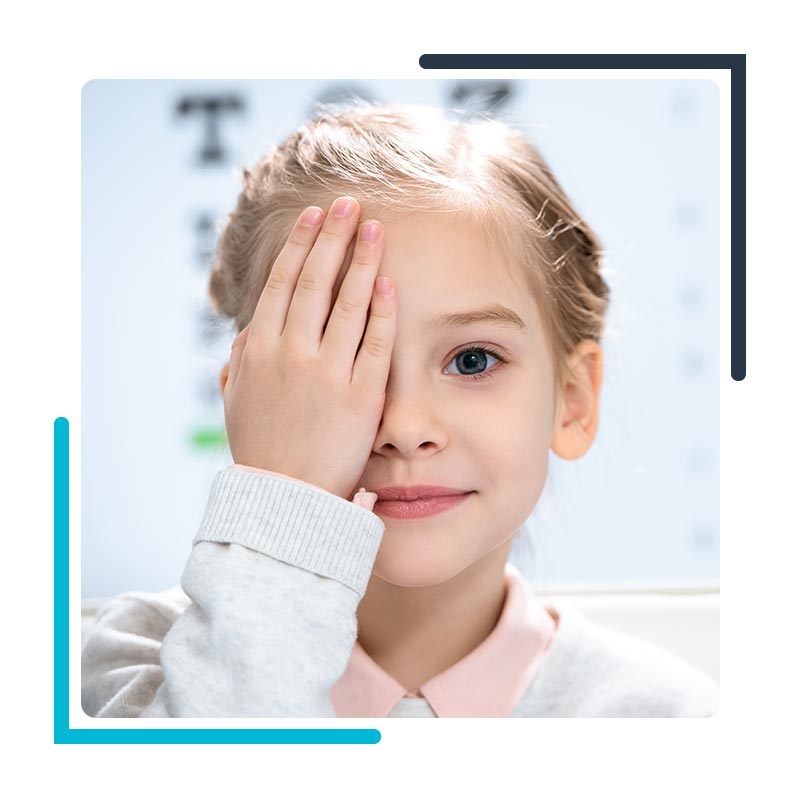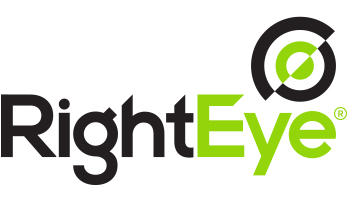Behavioural Vision Therapy in Orangeville
Experience the power of vision therapy as you develop better eye coordination, focus, and perception. We’ll help you enhance your visual skills and performance through personalized exercises and techniques. Discover a new world of clarity, confidence, and success with our comprehensive vision therapy program.
What is Vision Therapy?
Vision therapy, or vision training (VT), is a personalized program that includes exercises and activities to improve visual skills and address visual problems, enhancing overall visual performance and comfort.
Vision Therapy Training Program in Canada
At Orangeville Vision Development Centre, we utilize a comprehensive approach to vision therapy, incorporating visual training, syntonics, lenses, tints, and prisms. We aim to enhance visual skills for improved academic, work, and sports performance, rehabilitate post-traumatic brain injuries, better eye-hand coordination and reaction time, and address existing vision problems. Through our vision therapy training, individuals can achieve more efficient visual performance and maximize their potential.
Convenient Virtual Vision Therapy Sessions
We now offer virtual vision therapy sessions, providing flexibility and accessibility for our patients. This allows individuals to engage in vision therapy from home while receiving personalized guidance and instruction.


The Benefits of Vision Therapy
Participating in a vision therapy program can yield remarkable results. Many patients report increased attention, efficiency, and performance in various aspects of life after completing therapy. By stimulating neural connections within the brain through a variety of visual experiences, vision therapy helps individuals optimize their visual capabilities.
Duration And Frequency of Vision Therapy
The vision therapy program typically ranges from six to nine months, depending on the diagnosis provided by our behavioural optometrist. Patients usually attend weekly vision therapy sessions lasting between 30 minutes to an hour. These sessions are tailored to each individual’s needs and may include at-home practice techniques.


The Importance of Home Practice
Consistent and dedicated practice is essential for the success of a vision therapy program. Patients are encouraged to commit to practicing exercises at home to improve and refine visual skills. Homework assignments are designed to be engaging and challenging, ensuring manageable progress.
Scientific Support And Recognition
Research has provided substantial scientific evidence supporting the effectiveness of vision therapy in improving eye movements, focusing, and eye teaming skills. The Canadian Association of Optometrists recognizes vision therapy as an effective method for developing, correcting, improving, or rehabilitating specific dysfunctions of the vision system.


Enhancing Quality of Life
Vision therapy allows individuals to develop visual abilities and efficiency tailored to their needs. By achieving or returning to their desired level of performance, individuals can enhance their overall quality of life and fully engage in their daily activities.
Integration of Primitive Reflexes
At our Orangeville center, we focus on integrating primitive reflexes through our interactive parent/child classes. Primitive reflexes are innate ones that should naturally fade away as child ages. However, if these reflexes persist, they can hinder the development of essential skills such as crawling, walking, grasping, talking, coordination, and learning.
Our program consists of 12 sessions aimed at addressing specific primitive reflexes, including the Tonic Labyrinthine Reflex, Moro Reflex, Asymmetrical Tonic Neck Reflex, Symmetrical Tonic Neck Reflex, Spinal Galant Reflex, and Palmer Reflex. Through fun and engaging activities, we help facilitate the integration of these reflexes to promote optimal development.
Contact us to learn more about primitive reflexes and how our program can benefit your child.
Clinician Review for Leanne
When I suffered a concussion, my vision was severely impacted, and I needed specialized care to help me recover. That’s when I found Leanne, an exceptional clinician specializing in vision therapy.
Leanne has been instrumental in my recovery process. She utilizes a variety of exercises designed to redevelop the connections in the brain and get my eyes working together again. Each session with her is carefully tailored to my progress and needs, and she always keeps the atmosphere positive.
One of the standout aspects of Leanne’s approach is her ability to guide me through each exercise, helping me understand when it’s time to take a break and when I can push a bit further. This balance has been crucial in keeping me motivated and on track with my therapy.
Leanne’s expertise goes beyond just vision therapy. She employs different techniques to improve systems throughout the body, working to get the brain, body, and spirit in harmony once more. Her holistic approach has made a significant impact on my overall well-being.
In summary, Leanne has been a beacon of encouragement and expertise throughout my recovery. Her vision therapy sessions are not just about improving my eyesight but also about rebuilding my confidence and overall health. I couldn’t be more grateful for her dedication and support.
RightEye Screenings: Advanced Vision Assessments
At Orangeville Vision Development Centre, we offer free comprehensive vision screenings utilizing cutting-edge eye-tracking technology. With the help of the RightEye system, we can accurately assess functional vision and brain health, identify the underlying causes of reading difficulties, and even enhance athletic performance. In just 20 minutes, this proven and patented technology measures visual skills, allowing us to identify and address vision issues that may significantly impact our patients’ quality of life.

Identifying Signs of Functional Vision Problems
Recognizing the signs of functional vision problems is crucial for early intervention and effective treatment. If you experience any of the following symptoms, it may indicate a functional vision problem:
Signs you may have a functional vision problem:
- Difficulty Concentrating: Struggling to maintain focus and attention.
- Reading Challenges: Rereading or skipping print lines, poor reading comprehension.
- Short Attention Span: Difficulty staying engaged or quickly becoming distracted.
- Poor Coordination or Balance: Impaired motor skills affecting coordination and balance.
- Slow Completion of Work: Taking longer than expected to complete tasks.
- Previous Brain Trauma: Having a history of concussions, strokes, or other brain injuries.
- Loss of Interest in Reading: Diminished enjoyment or motivation for reading.
- Headaches: Frequent headaches, particularly during or after visually demanding tasks.
The RightEye EyeQ Test
In just 5 minutes, the RightEye EyeQ test can provide invaluable information about your functional vision. This quick and efficient assessment allows us to gather meaningful data and develop targeted strategies and interventions tailored to your needs.
Unlock the potential of your vision and take the first step toward a clearer, more fulfilling life. Schedule your RightEye screening in Orangeville today.
The Importance of Good Visual Skills
Visual skills are crucial in efficient information processing and overall visual health. When faced with challenging visual tasks, individuals may unknowingly exert excessive effort, leading to subconscious strain. Inefficient visual systems can make even simple tasks difficult, consuming unnecessary energy.
To achieve good vision, it is essential to develop and maintain the following visual skills:
